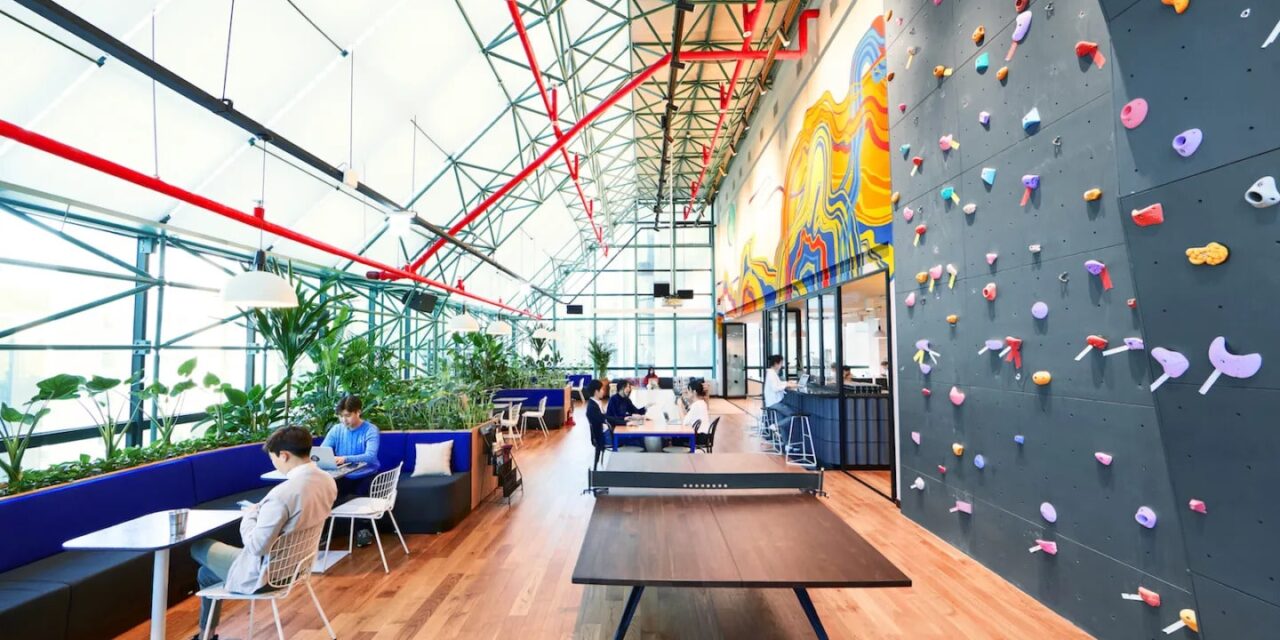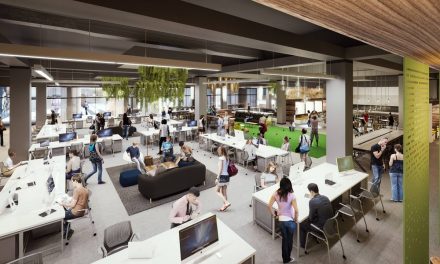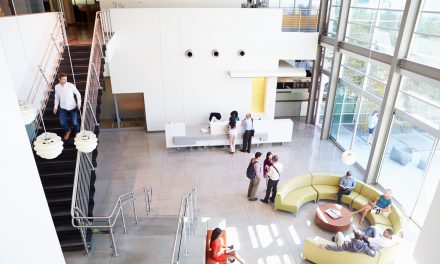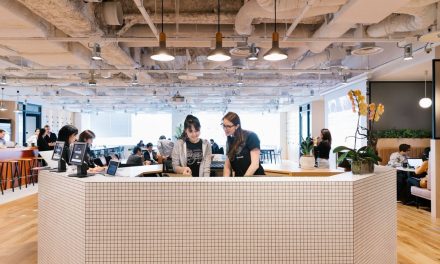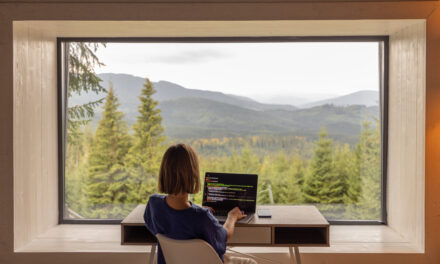The boundaries between work and creativity have become increasingly blurred, with more and more people choosing freelance and creative fields for their careers. For this reason, it’s critical that coworking spaces accommodate content creators in their design considerations.
From recording spaces for perfect audio to lighting, there are many aspects to a work space that content creators need to think about—here’s how you can create a coworking environment that works for everyone.
Planning Your Space
The layout of your coworking space is critical to its success, especially where content creators are concerned. You need to optimize workflow for greater productivity and enhance the satisfaction of your patrons, but also maximize the potential of the space you have to work with. Define clear zones for general coworking but also for collaboration and quiet spaces for recording and focus time.
There should be room for flexibility too—movable partitions and flexible furniture will help to accommodate different projects and needs as and when they arise. Lastly, if you’re looking to appeal to creatives, make sure your space reflects that—bright colors, visually appealing surroundings, and stimulating backdrops that make for exciting videos will bring the space together and make it a place that creatives love to work.

Prioritize Audio and Video Quality
Bad audio is one of the first things that will cause someone to switch away from a video, so if your salary depends on increasing your viewership, you need to prioritize the quality of the content you’re publishing. Coworking spaces can assist with this by implementing soundproofing and acoustic panels to create a controlled recording environment, as well as high-quality microphones, digital audio workstations, and audio interfaces so creators can develop their content properly.
Get Comfortable
We live far more sedentary lives now than we did even 20 years ago, so investing in adjustable desks and chairs will provide workers with ergonomic comfort that will promote wellbeing and higher productivity. For content creators, much of their day will be spent sitting, so these features can make all the difference to their work experience.
Plan for Lighting Changes
From taking photos to filming a video podcast, lighting plays a big part in how successfully content creators can work. Video creators need open spaces with ceiling-mounted lighting grids, multiple backdrop options including green screens, and sufficient height clearance for standing sets, while photographers benefit from north-facing windows for consistent natural light, and blackout capabilities for controlled lighting scenarios.
Integrate Tech Features
Technology integration transforms a well-designed physical space into a truly productive creator environment. Content creators often need to collaborate with others, whether that’s interviewing someone for a podcast or meetings to plan content schedules, so tech features that facilitate this will help them work more effectively.
Presentation and screening rooms featuring professional projection or display systems, for example, along with proper viewing angles and comfortable seating facilitate client presentations and team reviews of finished content. And naturally, high-speed internet is a must—not just for creatives but any patron of your facility.
Sophisticated booking systems for specialized spaces prevent scheduling conflicts while maximizing utilization of in-demand areas like studios and recording booths. Digital asset management considerations should include on-site backup systems, rendering farms for video processing, and secure archive storage. Security systems incorporating keycard access, equipment check-out protocols, camera monitoring, and after-hours alerts will also protect valuable creative tools while allowing 24/7 access.
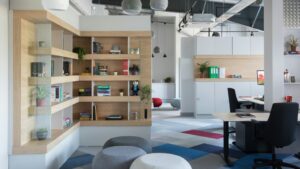
Include Amenities and Support Services
Beyond technical spaces, thoughtful amenities and support services address the unique lifestyle needs of content creators. Twenty-four-hour access spaces recognize that creative deadlines rarely align with traditional business hours, requiring secure overnight access systems with appropriate lighting and safety measures.
Food and beverage considerations should also include fully-equipped kitchens for long production days, coffee and refreshment stations positioned away from recording areas, and perhaps even relationships with local restaurants offering delivery during late-night sessions.
Relaxation and recharge areas featuring comfortable seating, nature elements, and proper sound isolation provide mental breaks that are essential for switching off and recharging during the working day. You might consider offering rental options for equipment for creators that want to film outside in the local area.
Finally, technical support services will enable new creators to access specialized tools for specific projects while providing emergency assistance for technical challenges. These added features will create a well-rounded space that provides everything creators could need to produce their best work.
Wrapping Up
The most successful creator environments will maintain adaptable frameworks where technical systems can be upgraded without disrupting the underlying community fabric.
For developers and coworking managers entering this growing market, the key recommendation remains balance—between technical capabilities and human-centered design, between premium amenities and accessible pricing, and between private production spaces and collaborative community zones.
Consider both the technical and social needs of modern content creators to create coworking spaces that can become essential infrastructure for the creative economy.




